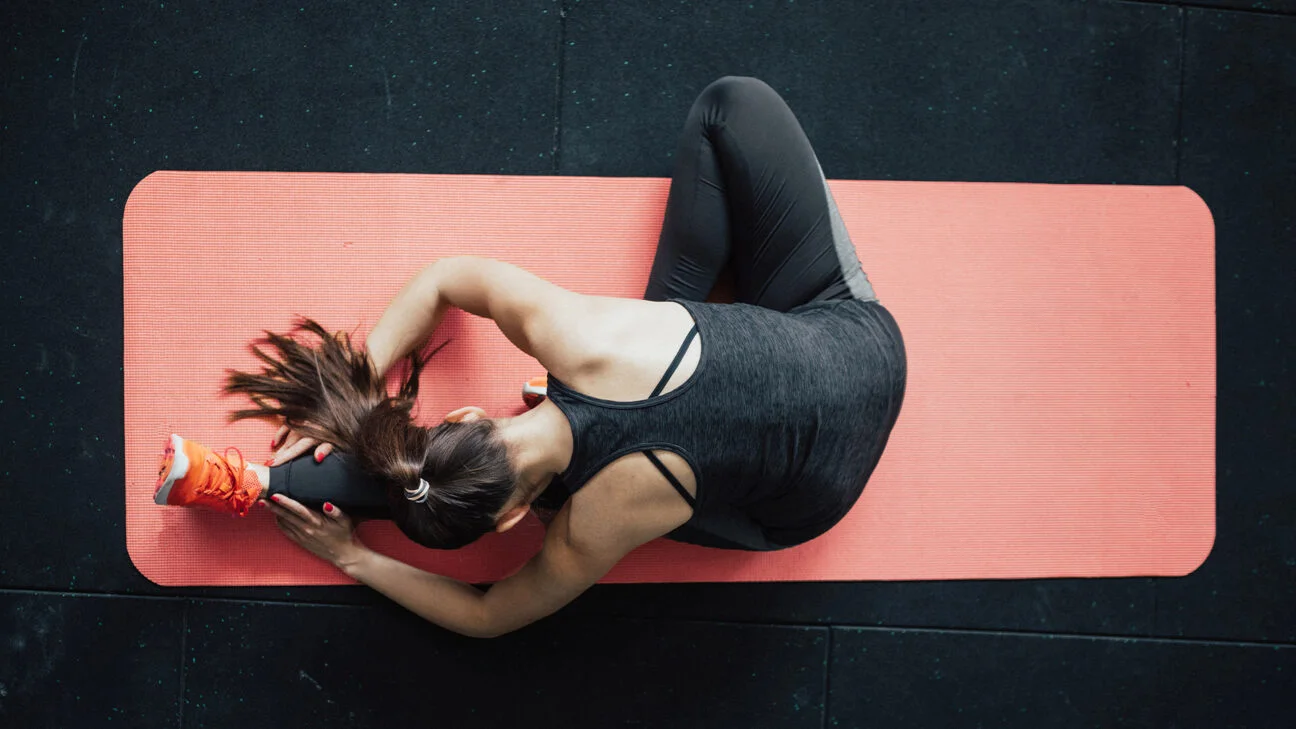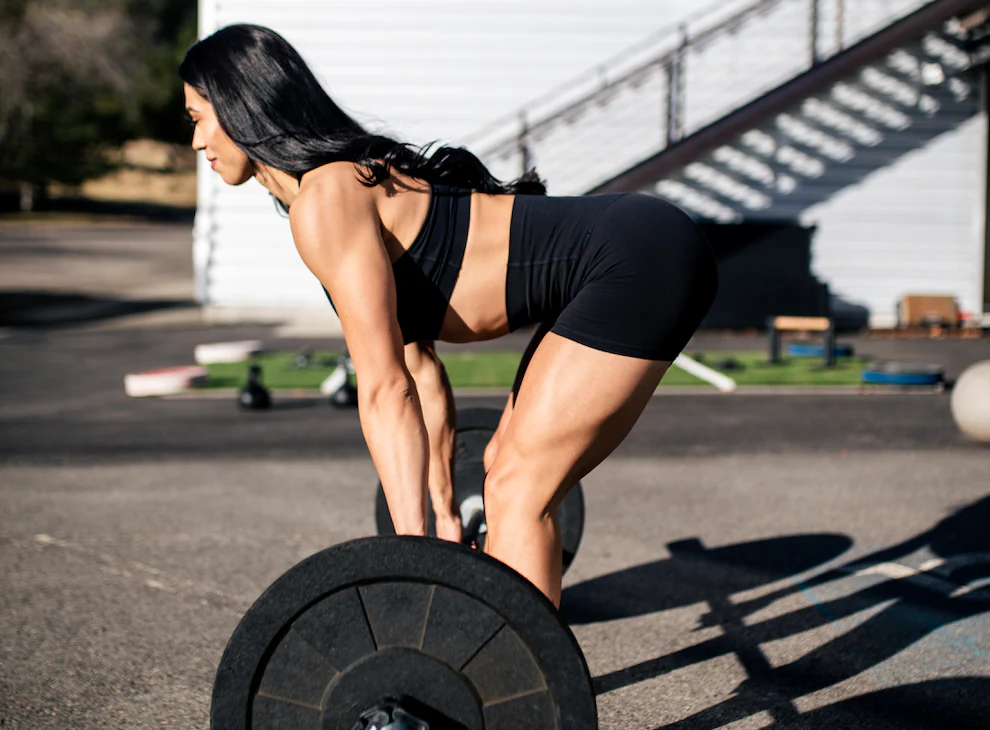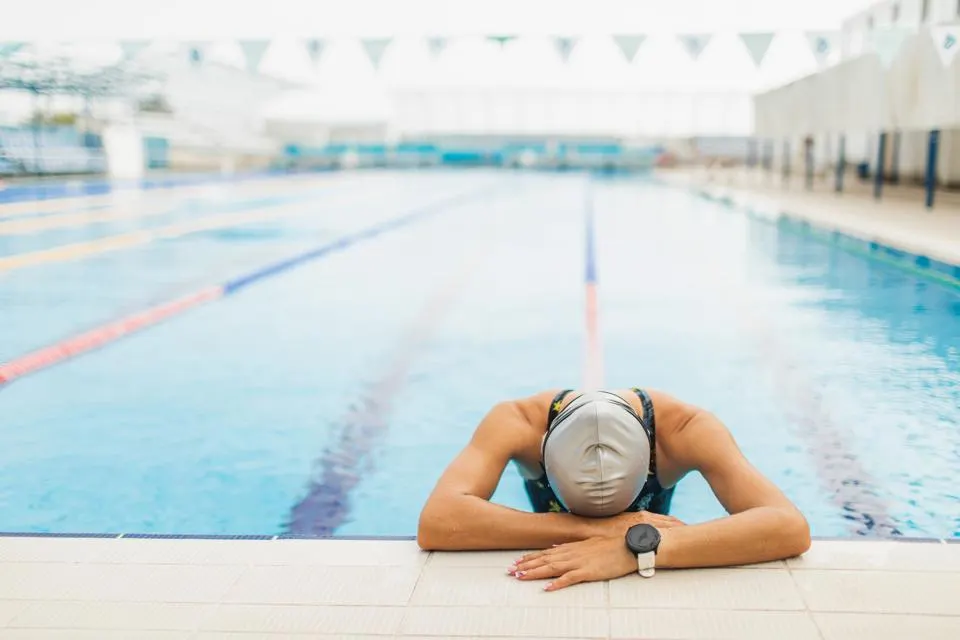amicitaacademy.com – Flexibility is more than just being able to touch your toes—it’s about the range of motion in your joints, the elasticity of your muscles, and the overall health of your body. Whether you’re an athlete, a dancer, or someone simply looking to improve your everyday mobility, developing flexibility is a key component of physical fitness. In this article, we’ll explore the benefits of flexibility, the best ways to improve it, and tips to integrate stretching and mobility exercises into your routine.
1. Understanding Flexibility
Flexibility refers to the ability of a muscle or group of muscles to lengthen passively through a range of motion. It’s not just about stretching your muscles; it’s also about enhancing joint mobility and soft tissue elasticity. Flexibility affects posture, movement efficiency, injury prevention, and overall comfort.
There are two primary types of flexibility:
- Static flexibility: The ability to hold a stretch for an extended period (e.g., a seated hamstring stretch).
- Dynamic flexibility: The ability to move a muscle through its full range of motion in a controlled manner, often seen in activities like yoga or sports.
2. Benefits of Flexibility
Before diving into how to improve flexibility, it’s essential to understand why it’s important. Here are some key benefits:
- Improved posture: Flexibility helps to alleviate muscle tightness that can pull the body out of alignment, leading to better posture.
- Increased range of motion: A more flexible body allows for smoother, more efficient movements in daily activities and exercise.
- Reduced injury risk: Flexible muscles and joints are less prone to strains and sprains, as they are better prepared to handle physical stress.
- Enhanced circulation: Stretching helps improve blood flow to muscles, leading to better nutrient delivery and waste removal.
- Mental relaxation: Stretching, especially when done mindfully, can be a great way to relieve stress and promote mental relaxation.
3. Types of Stretching for Flexibility
To make your body more flexible, you need to incorporate different types of stretching into your routine. Here are the most effective techniques:
- Static Stretching: This involves holding a stretch for 15–60 seconds, allowing your muscles to lengthen and relax. It’s best performed after a workout when the muscles are warm.
- Example: Hamstring Stretch – Sit on the floor with one leg extended and the other bent. Reach for your toes on the extended leg and hold.
- Dynamic Stretching: This involves moving your muscles and joints through their full range of motion in a controlled manner. It’s typically done as a warm-up before exercise to improve flexibility and mobility.
- Example: Leg Swings – Stand on one leg and swing the opposite leg forward and backward in a controlled manner to loosen up the hip flexors and hamstrings.
- PNF Stretching (Proprioceptive Neuromuscular Facilitation): This is an advanced form of stretching that involves both stretching and contracting the muscle. PNF stretching can be done with a partner or alone and is highly effective in improving flexibility.
- Example: Contract-Relax Stretch – Hold a stretch, then contract the muscle you’re stretching for about 5–10 seconds, followed by relaxing into the stretch for a deeper range of motion.
- Yoga and Pilates: Both practices incorporate static and dynamic stretches, focusing on breath, alignment, and fluid movement. They are excellent for improving overall flexibility and building strength.
- Example: Downward Dog (yoga) or Saw Stretch (Pilates) – Both stretches focus on lengthening the hamstrings, calves, and back while engaging core stability.
4. Key Areas to Focus on for Flexibility
To improve flexibility in your body, certain areas are particularly important to target. These are the areas that typically benefit most from increased range of motion:
- Hamstrings: Tight hamstrings can limit your ability to perform various movements and lead to lower back discomfort. Regular stretching can help alleviate tension.
- Hip Flexors: The hip flexors are essential for movements like running, squatting, and bending. Tight hip flexors are common due to prolonged sitting, so it’s important to stretch them regularly.
- Lower Back: Flexibility in the lower back is crucial for preventing pain and improving posture, particularly if you sit for long periods each day.
- Shoulders: Shoulder flexibility is essential for upper body strength exercises, overhead movements, and overall posture. Stretching the shoulder joint and surrounding muscles can prevent injury.
- Calves and Ankles: Flexibility in the calves and ankles is vital for improved movement in activities like running, cycling, and walking, and helps with balance and stability.
5. How to Improve Flexibility: A Step-by-Step Approach
Here are some essential steps to incorporate into your routine to improve flexibility:
- Warm Up Properly: Before you begin stretching, it’s important to warm up your muscles with light cardio activity, such as jogging, brisk walking, or cycling. This will increase blood flow to your muscles, making them more pliable and less prone to injury.
- Stretch Regularly: Consistency is key to improving flexibility. Aim to stretch at least 3–5 times a week. Focus on all major muscle groups, holding each stretch for 15–60 seconds and repeating it 2–3 times.
- Work on Both Static and Dynamic Flexibility: Incorporate both static and dynamic stretches into your routine. Static stretching is better for flexibility and relaxation, while dynamic stretching is ideal for improving mobility and range of motion.
- Gradually Increase Stretching Intensity: Avoid forcing your body into a deep stretch too quickly. Stretching should be gradual and comfortable. Over time, you’ll notice that your muscles become more elastic and can stretch further without discomfort.
- Focus on Breathing: Deep, controlled breathing during stretching helps release tension and enhances flexibility. As you stretch, inhale deeply and exhale slowly, focusing on relaxing into each stretch.
- Target Tight Areas: Pay attention to areas of your body that feel particularly tight, such as the lower back, shoulders, or hips. Spend extra time stretching these areas to gradually improve flexibility.
- Incorporate Strength Training: Flexibility and strength go hand in hand. Strengthening the muscles around your joints will support your flexibility efforts and help prevent injury.
6. Tips for Success
- Stay Consistent: Flexibility doesn’t improve overnight. It takes time and consistent effort to see results.
- Be Patient: Progress may be slow, especially if you’re new to stretching, but don’t get discouraged. Gradual improvement is the key to long-term flexibility.
- Hydrate: Staying hydrated helps your muscles remain pliable and less prone to injury.
- Listen to Your Body: Never force a stretch or push through pain. Stretching should be challenging but never painful. If you feel sharp or acute pain, stop immediately and consult a professional.
7. Conclusion
Improving flexibility is an ongoing journey that requires dedication, patience, and consistency. By incorporating regular stretching, focusing on both static and dynamic flexibility, and being mindful of your body’s needs, you can significantly improve your range of motion, reduce injury risk, and enhance overall mobility. Whether you’re preparing for a workout or simply seeking to improve your daily movement, making flexibility a part of your routine will contribute to a healthier, more agile body.






